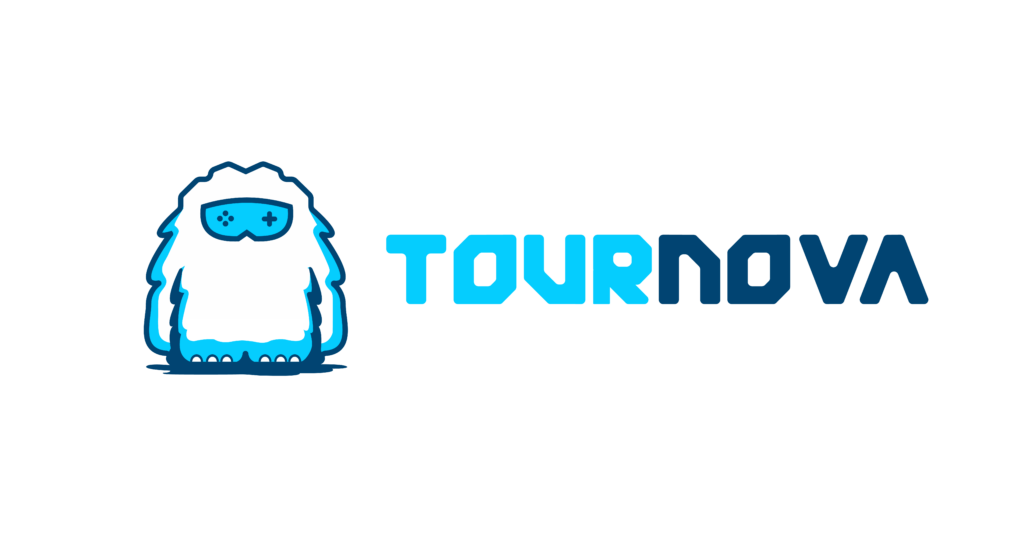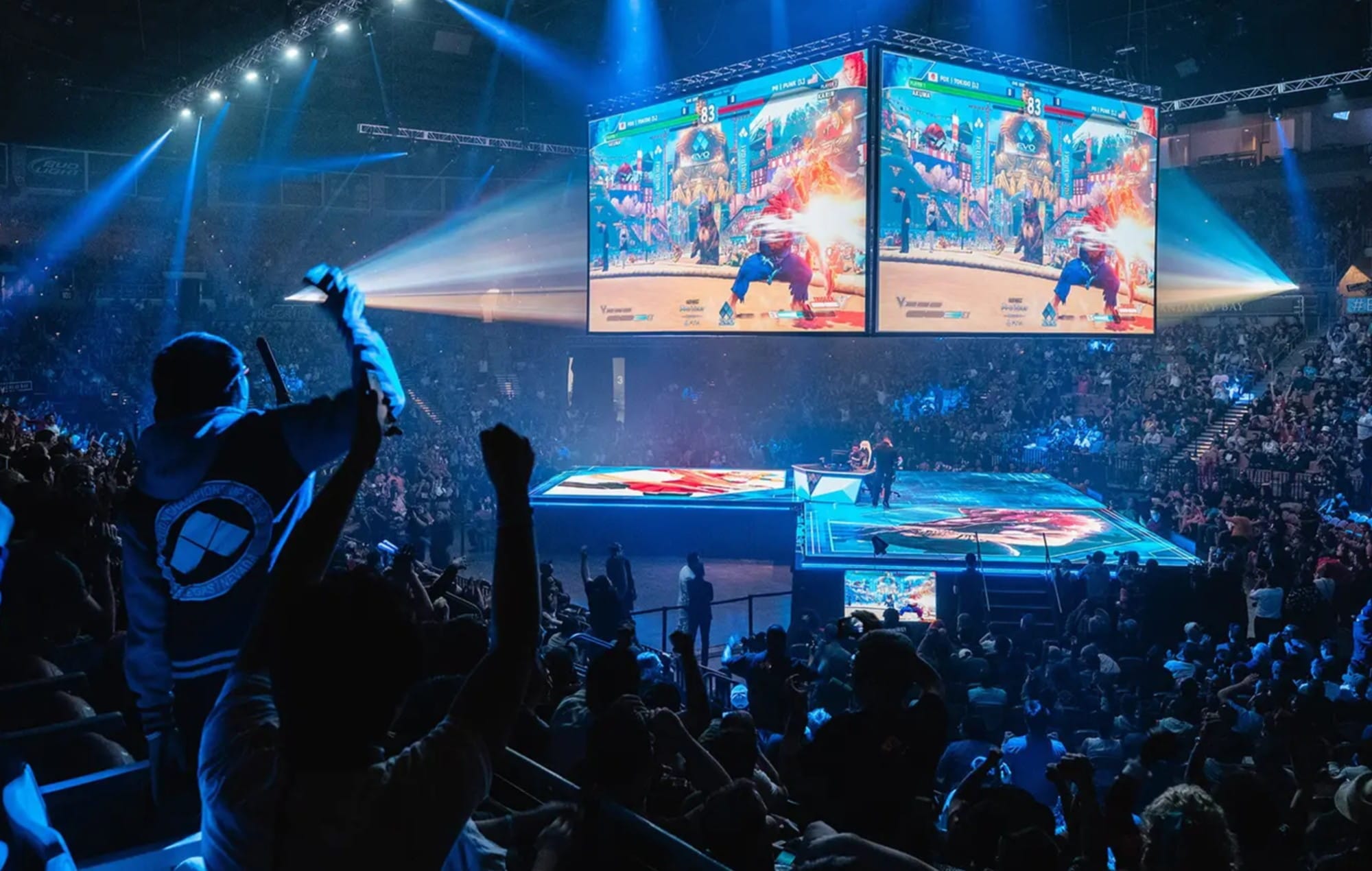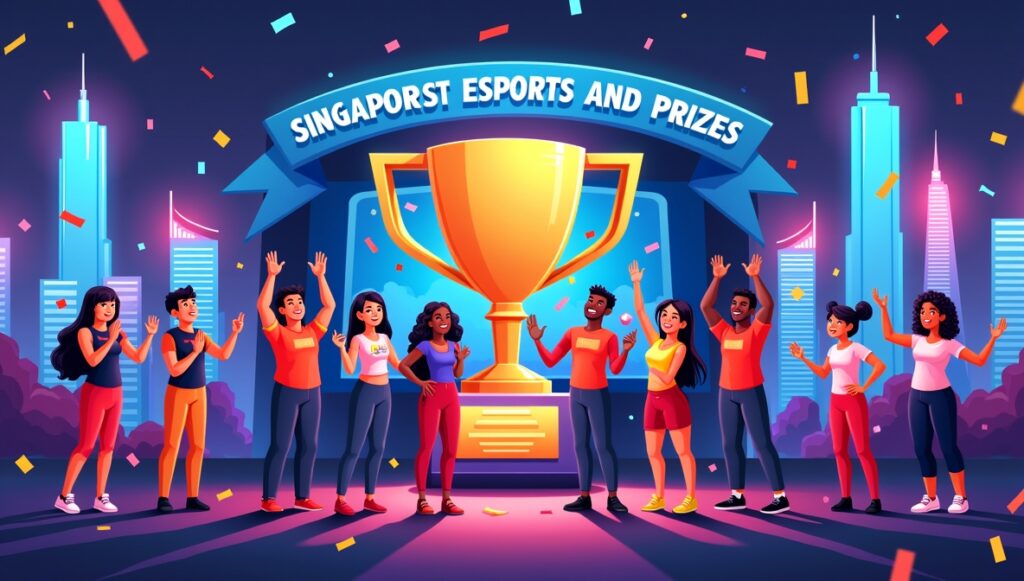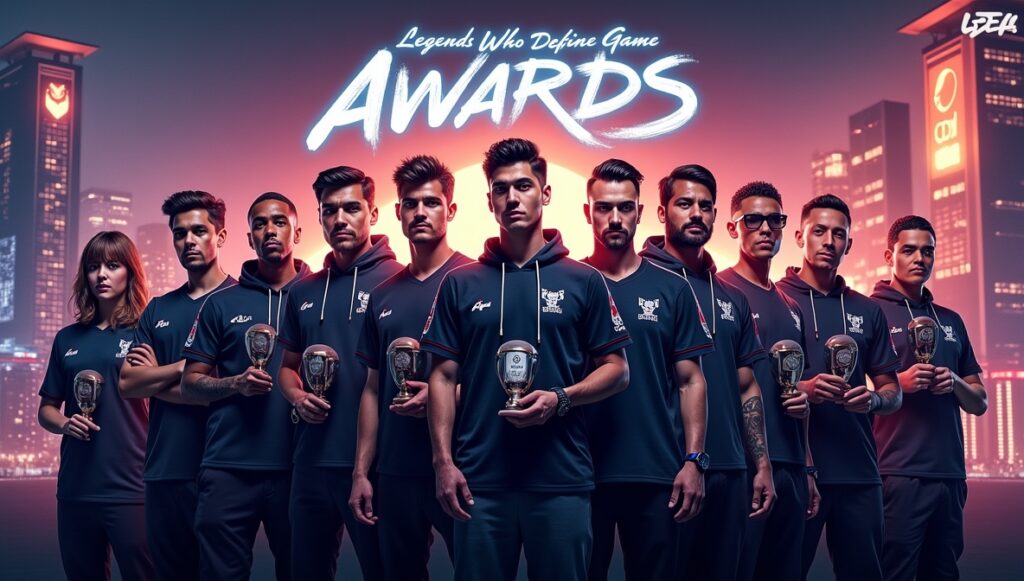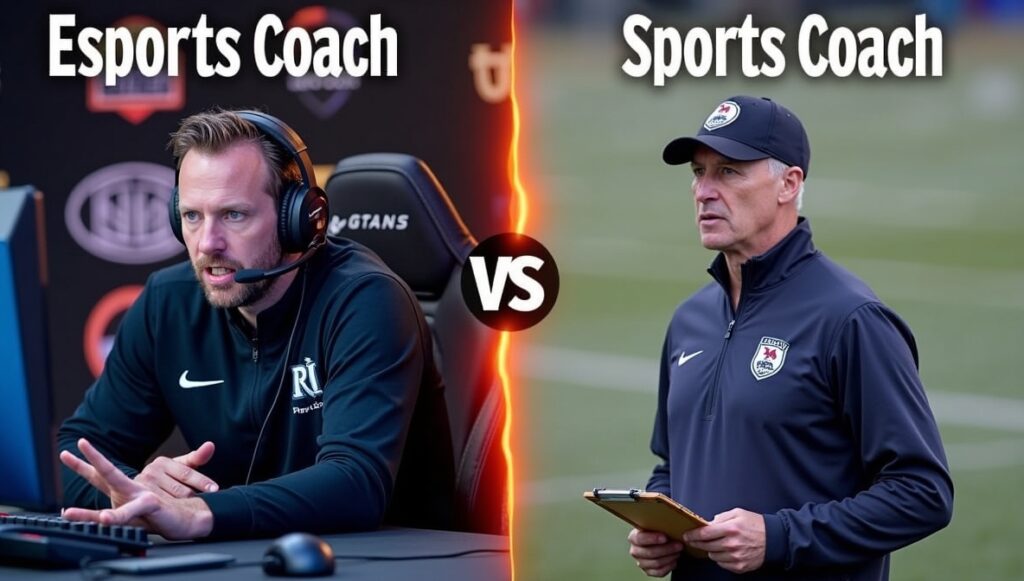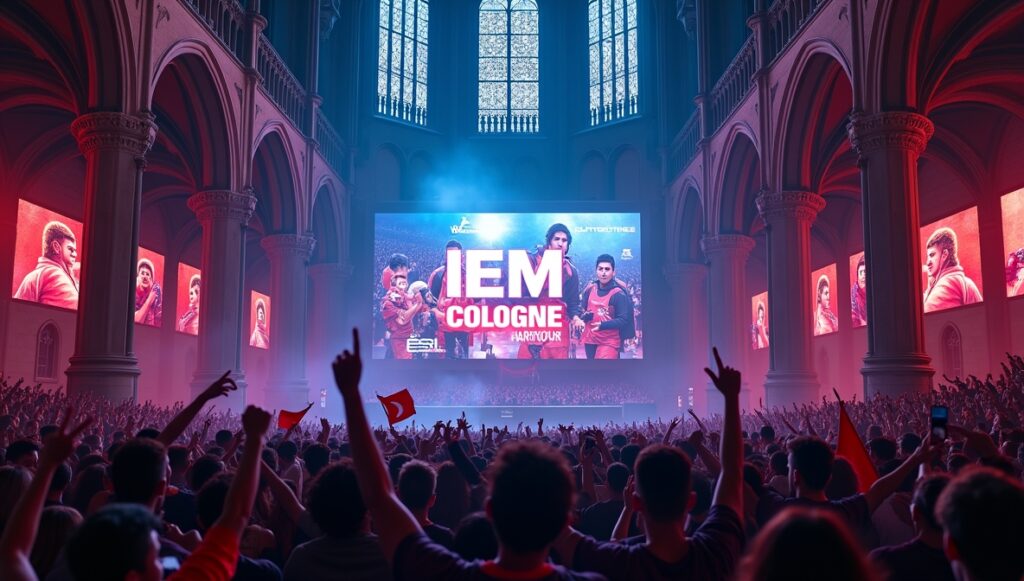Have you ever felt the adrenaline surge as two digital warriors clashed on screen, each combo, each block, each pixel-perfect move carrying the weight of countless hours of practice? Fighting games are more than just button-mashing; they’re a dance of strategy, reflexes, and mind games. And at the heart of this competitive spirit lie Fighting Game Tournaments, where legends are forged and unforgettable moments are etched into gaming history. But what is it about these tournaments that draws in massive crowds, sparks fierce rivalries, and cultivates such a passionate community? Let’s pull back the curtain and delve into the exciting universe of Fighting Game Tournaments. We’ll explore their origins, dissect their structure, celebrate the iconic games and communities they foster, and even offer some tips if you’re brave enough to step into the arena yourself. Get ready to discover why these events are so much more than just competitions – they are cultural phenomena.

A Brief History of Fighting Game Tournaments
To truly appreciate the spectacle of modern fighting game tournaments, we need to rewind the clock to their humble beginnings. Imagine the smoky haze of 1990s arcades, the cacophony of joystick clicks and excited shouts. It was in these vibrant hubs that the first sparks of competitive fighting games ignited, fueled by the groundbreaking release of Street Fighter II. Back then, tournaments were informal affairs, often impromptu gatherings sparked by local rivalries and bragging rights at arcades like Southern Hills Golfland in Southern California, considered the “mecca of fighting game arcades back in the day.”
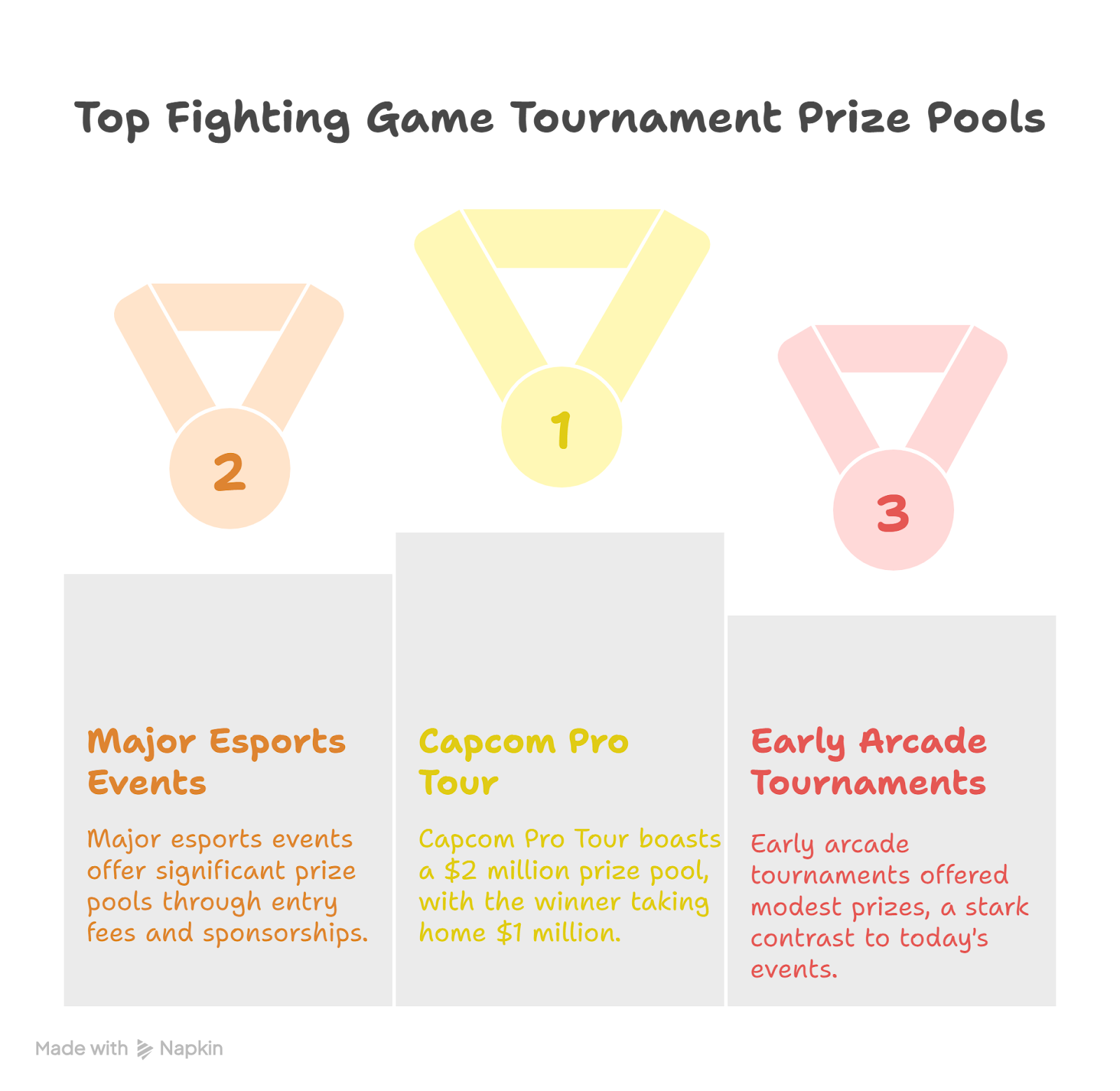
From these casual arcade matches, a scene began to organically evolve. As the internet emerged, it became easier to organize regional events. Battle by the Bay, launched in 1996, stands as a pivotal moment, drawing top Californian players to Sunnyvale Golfland for a major showdown. This event later morphed into the Evolution Championship Series (EVO), now the undisputed mecca of fighting game tournaments worldwide. The internet’s rise wasn’t just for organizations; it revolutionized the scene by enabling online matchmaking and streaming, bringing tournaments to a global audience.
The early days were about raw skill and community spirit. As Joey Cuellar of EVO recalls, “It was mostly newsgroups and word of mouth back then. The internet had just started, so people jumping on there were mostly at colleges and universities.” This organic growth, driven by passionate players and community organizers, laid the foundation for the vibrant and global phenomenon we see today.
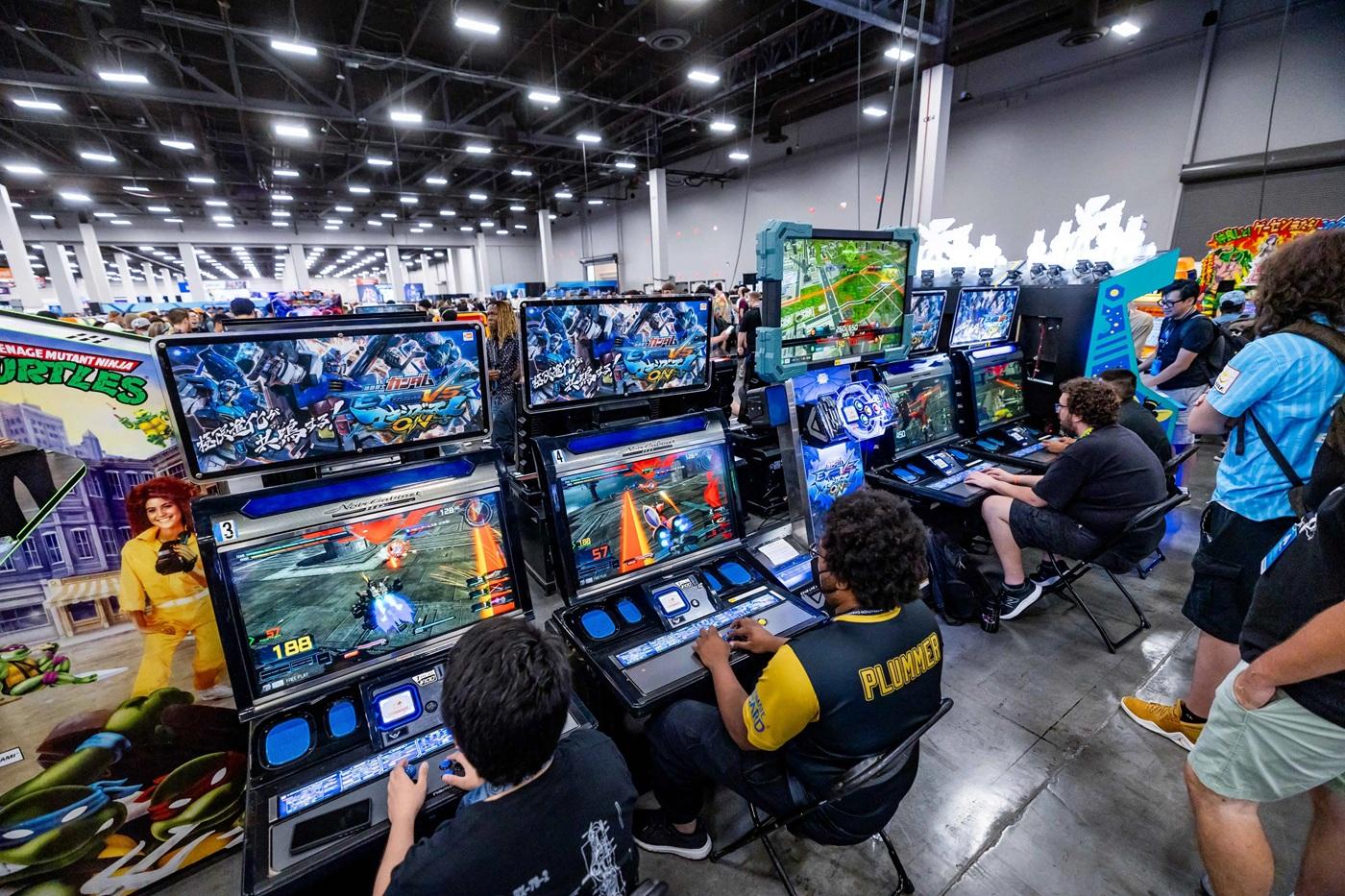
Structure and Format of Fighting Game Tournaments
Ever wondered how these tournaments actually work? Let’s break down the structure and formats that make fighting game competitions so engaging.
1. Types of Fighting Game Tournaments
Within the fighting game universe, tournaments come in various shapes and sizes, each with its own unique flavor.
1.1. Major Tournaments
These are the titans of the scene, the global stages where the best of the best clash. Think of the EVO Championship Series, a name synonymous with fighting game prestige, uniting players and fans from every corner of the globe. Then there’s the Tekken World Tour (TWT), the premier circuit for Tekken players, showcasing global talent in a structured, points-based system culminating in a grand final. Similarly, within the landscape of major fighting game tournaments, the Capcom Pro Tour (CPT) stands as the driving force behind the Street Fighter competitive universe, fueling excitement and high-stakes competition. These majors aren’t just competitions; they are cultural festivals, drawing diverse player pools and creating unforgettable moments.
1.2. Regional and Grassroots Events
While majors are the dazzling peaks, the foundation of the fighting game tournament scene is built upon regional and grassroots events. These are your local tournaments, community-led initiatives that foster growth and provide crucial competitive experience. Events like CEO (Community Effort Orlando), Combo Breaker, and East Coast Throwdown are prime examples, nurturing local talent and building the community from the ground up. These events are vital for welcoming newcomers and strengthening the bonds within the FGC.
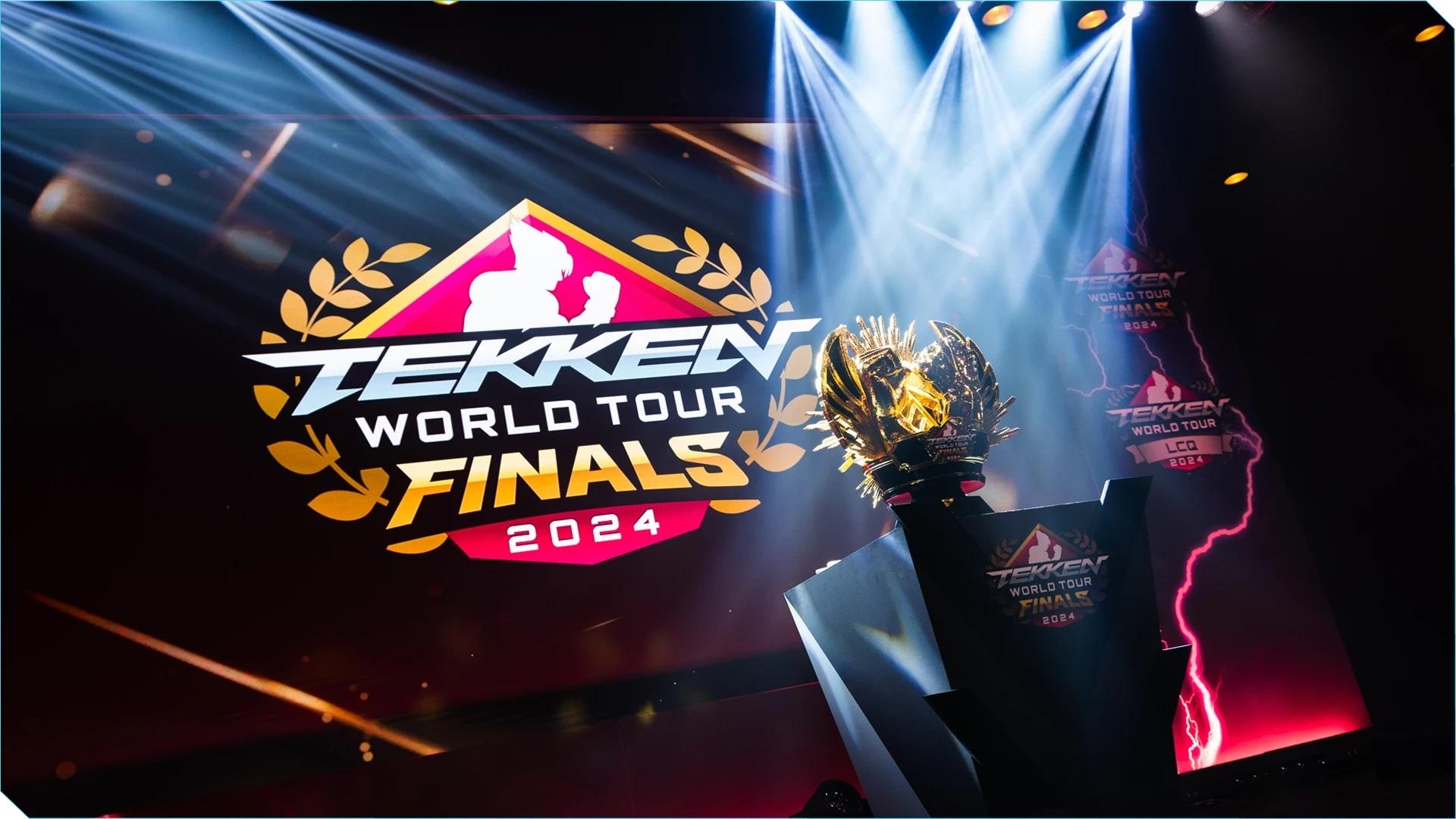
2. Tournament Formats
The thrill of a fighting game tournament isn’t just about the games; it’s also about the structure that dictates the flow of competition.
2.1. Double Elimination vs. Single Elimination Brackets
Most major fighting game tournaments favor the double-elimination bracket. This format offers a safety net: players must lose two sets to be eliminated. Competitors start in the winners’ bracket, and a single loss sends them to the losers’ bracket. To win the entire tournament, a player from the losers’ bracket must defeat the winner bracket champion twice in the grand finals. This format is considered fairer and more exciting, allowing for comebacks and extended runs.
In contrast, single-elimination brackets are less forgiving. One loss, and you’re out. While quicker to run and sometimes used in smaller events, single elimination is rarely seen in major tournaments due to its high-stakes, all-or-nothing nature.
2.2. Pools System and Seeding
To manage large player numbers, tournaments often use a pools system. Players are divided into groups (pools) and compete in smaller brackets within their pool to qualify for the main tournament bracket. Seeding is crucial to ensure fairness, placing stronger players in different pools to avoid early clashes and create a more balanced competition. Seeding is often based on past tournament performance and rankings. Some tournaments even offer seeding points towards major events like EVO, adding another layer of competitive incentive.
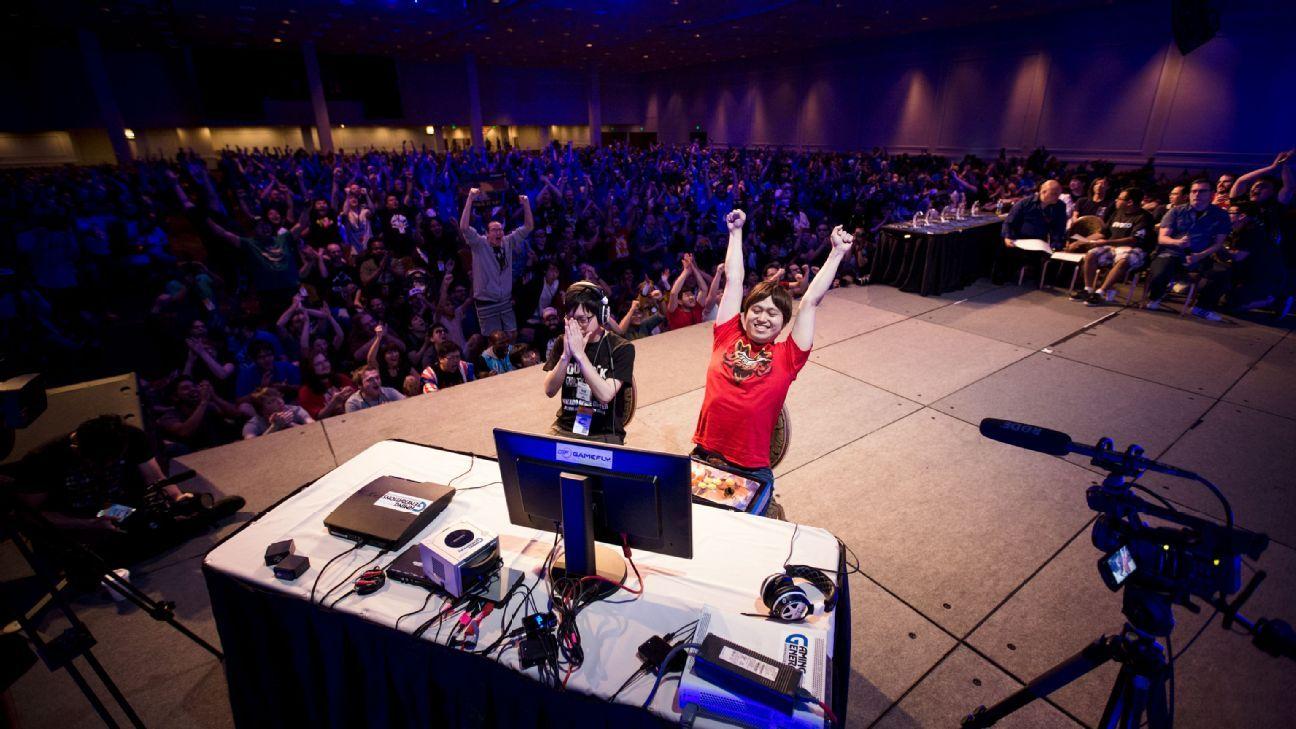
3. Prize Pools and Sponsorships
The stakes in fighting game tournaments have risen dramatically over the years. While early arcade tournaments offered modest prizes, today’s major events boast significant prize pools, fueled by entry fees, sponsorships, and community contributions. Capcom, for example, announced a staggering $2 million prize pool for the first season of the Capcom Pro Tour featuring Street Fighter 6, with the winner taking home a guaranteed $1 million. Sponsorships from major corporations are increasingly common, further boosting prize money and supporting tournament organization. This growth reflects the increasing recognition of fighting games within the broader esports industry.
4. Online vs. Offline Events
The digital age has blurred the lines between physical and virtual competition. Offline events, with their electrifying crowd energy and face-to-face interactions, remain the heart of the FGC experience. They offer networking opportunities and the palpable tension of live competition. However, online tournaments have become essential for accessibility and global reach. They allow players from anywhere in the world to compete without travel costs, expanding participation and creating more frequent competitive opportunities. Both online and offline events play crucial roles in the ecosystem, catering to different needs and preferences within the community.
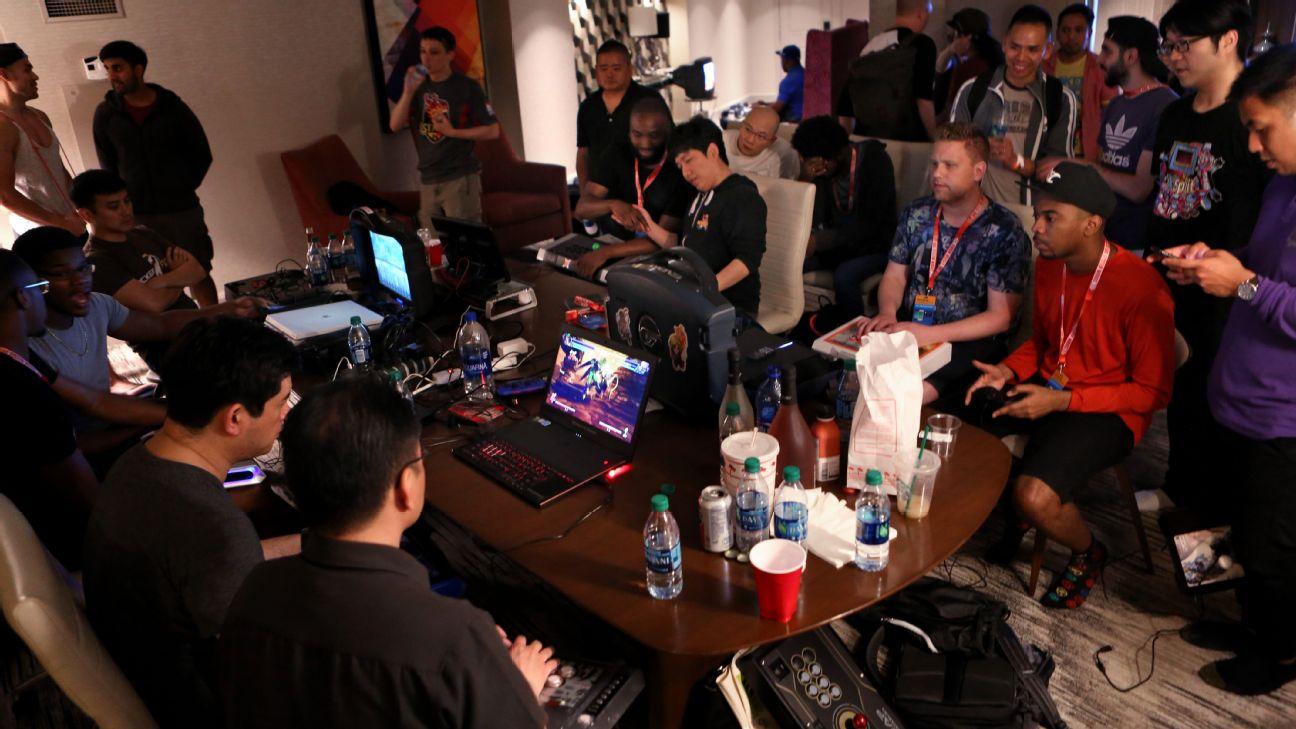
Popular Fighting Games in Tournaments
The fighting game genre is rich and diverse, with a multitude of titles vying for competitive attention. Let’s explore some of the mainstays and rising stars in the tournament scene.
1. Mainstays of the Genre
Certain games have stood the test of time, consistently dominating the lineups in fighting game tournaments and capturing the hearts of players and spectators alike. The Street Fighter series, with its iconic characters and deep mechanics, is a cornerstone of the FGC, from Street Fighter II to the latest Street Fighter 6. Similarly, the Tekken series, known for its 3D combat and intricate character roster, has maintained a strong competitive presence since its arcade debut in 1994. Super Smash Bros., while mechanically distinct, has carved out a massive and passionate competitive community, particularly with Super Smash Bros. Melee and Super Smash Bros. Ultimate. The Mortal Kombat franchise, with its brutal finishing moves and engaging lore, also remains a tournament staple. And let’s not forget Dragon Ball FighterZ, known for its fast-paced, anime-inspired action and team-based battles, adding another layer of strategic depth to the scene.
2. New Additions to the Competitive Scene
While the classics reign supreme, the fighting game scene is always evolving, welcoming new contenders. Guilty Gear Strive, with its stunning visuals and refined gameplay, has quickly become a tournament favorite, attracting both veterans and newcomers. MultiVersus, a platform fighter featuring Warner Bros. characters, has also generated excitement in the competitive arena, with early tournaments drawing praise for prize pools and developer support. These new additions keep the scene fresh and dynamic, ensuring there’s always something exciting on the horizon.
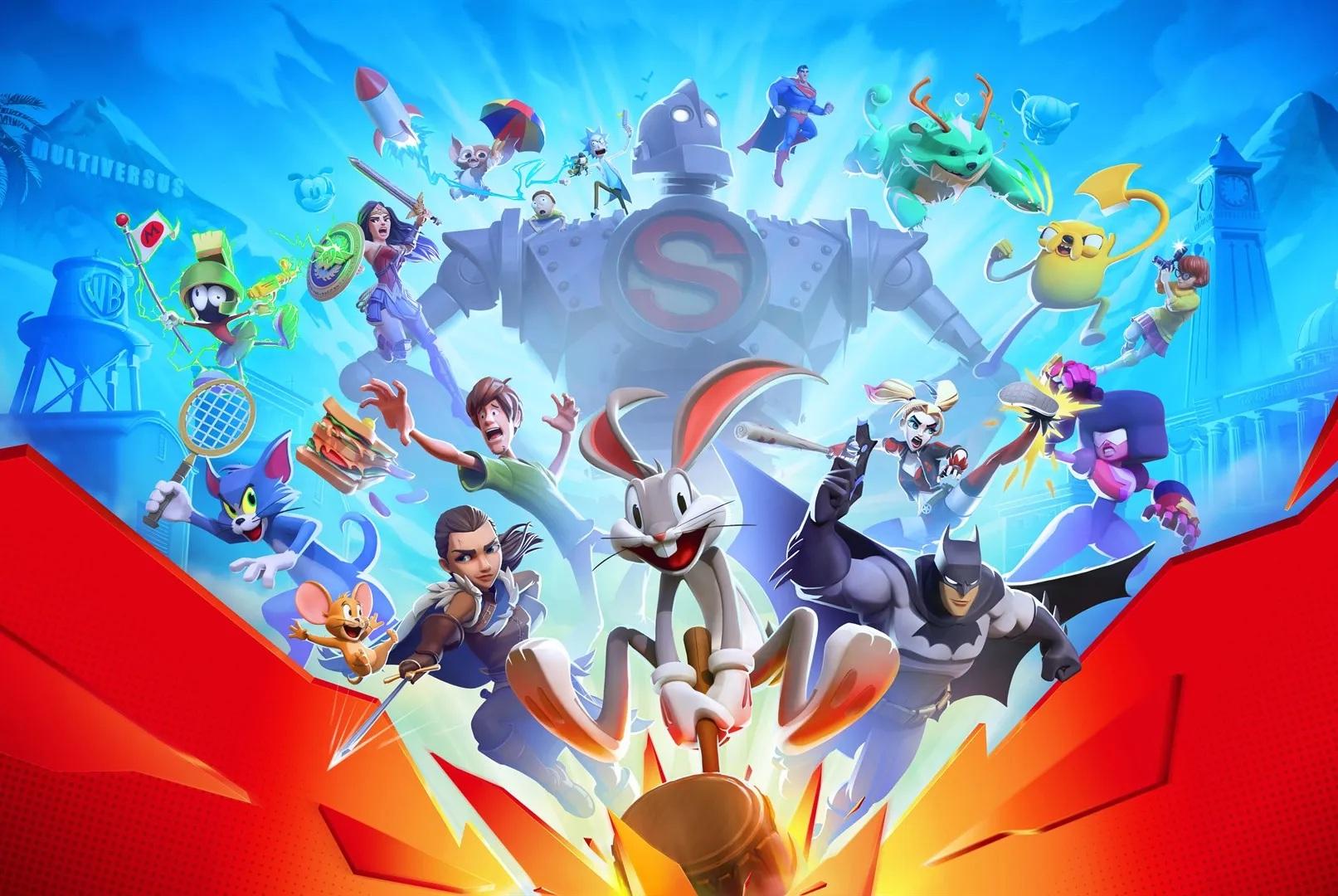
3. Game-Specific Tournament Ecosystems
Within the landscape of fighting game tournaments, each major fighting game often has its own dedicated tournament ecosystem. The Capcom Pro Tour is intrinsically linked to Street Fighter, serving as the primary circuit for professional play. Similarly, the Tekken World Tour provides a structured competitive framework for Tekken players globally. The Smash Bros. Ultimate scene, while more community-driven, boasts a vast network of tournaments, from local weeklies to massive majors like Genesis and The Big House. These game-specific ecosystems create dedicated paths for players to compete, improve, and rise through the ranks within their chosen game.
4. Legacy vs. New Skillsets
The evolution of fighting games brings both nostalgia and new challenges. Classic 2D mechanics, honed in games like Street Fighter II and King of Fighters, still hold relevance, emphasizing fundamentals like footsies, zoning, and execution. However, modern innovations, such as 3D movement in Tekken or assist systems in Dragon Ball FighterZ, demand new skillsets and adaptation. Tournament players must constantly evolve, bridging the gap between legacy techniques and contemporary gameplay, mastering both the roots and the branches of the fighting game tree.
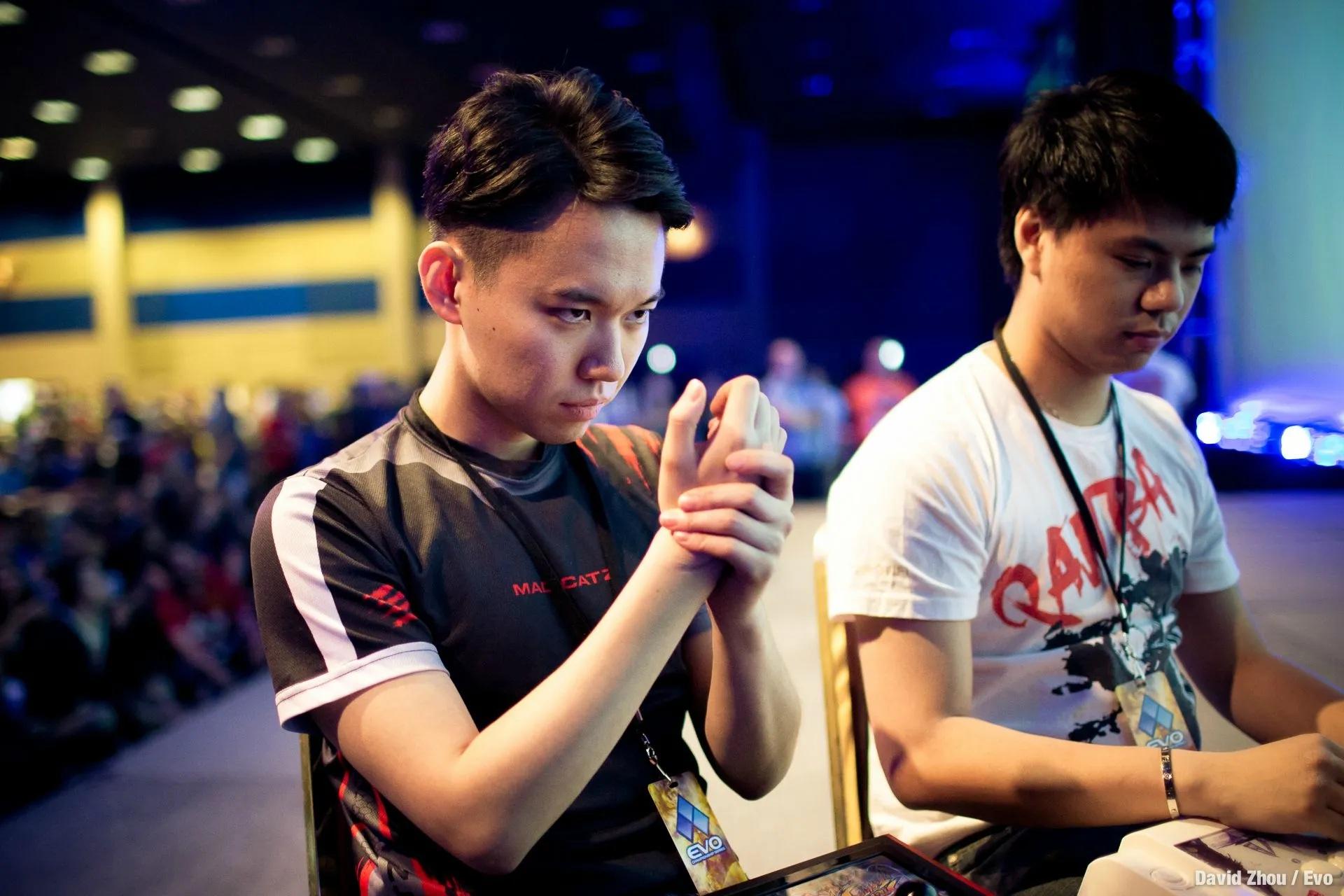
Culture and Community of Fighting Game Tournaments
Beyond the competition, fighting game tournaments are defined by their unique culture and tight-knit community. It’s more than just winning; it’s about belonging.
1. Community Spirit
The fighting game community (FGC) is renowned for its strong community spirit. Originating from grassroots arcade scenes, the FGC has cultivated a culture of passion, dedication, and mutual respect. Players, fans, and even rivals often support and encourage each other, creating a welcoming environment, especially for newcomers. This spirit is deeply rooted in its history, with arcades acting as “cultural melting pots” where anyone could participate and earn respect through skill, regardless of background. This sense of community is a defining characteristic that sets the FGC apart from other esports scenes.
2. Iconic Rivalries
Fighting game history is filled with legendary rivalries that have defined eras and electrified audiences. One of the most famous is Daigo Umehara vs. Justin Wong, immortalized in Evo Moment #37—a stunning display of skill, timing, and composure that remains a touchstone in competitive gaming. On the fictional side, Ryu vs. Ken embodies the classic “friendly rivals” trope, symbolizing the spirit of self-improvement and mutual respect that drives players to push each other. Meanwhile, Kazuya and Heihachi Mishima from Tekken represent a deeper narrative rivalry, with their intense, generational conflict adding dramatic weight to their in-game clashes. These rivalries, both real and fictional, go beyond the matches—they become enduring stories that fuel excitement and shape the lore of the FGC.
3. Inclusivity and Global Representation
The FGC prides itself on its inclusivity and global representation in fighting game tournaments. From its arcade origins, it has been a diverse space, welcoming players regardless of race, gender, or background. Black players have been instrumental in shaping the FGC’s culture and history, contributing slang, energy, and a sense of community. Tournaments attract players from all corners of the world, showcasing talent from regions often overlooked in mainstream esports. While challenges remain, particularly regarding gender diversity and inclusivity for Black women and LGBTQ+ individuals, the FGC is actively striving to be a more welcoming and representative space.
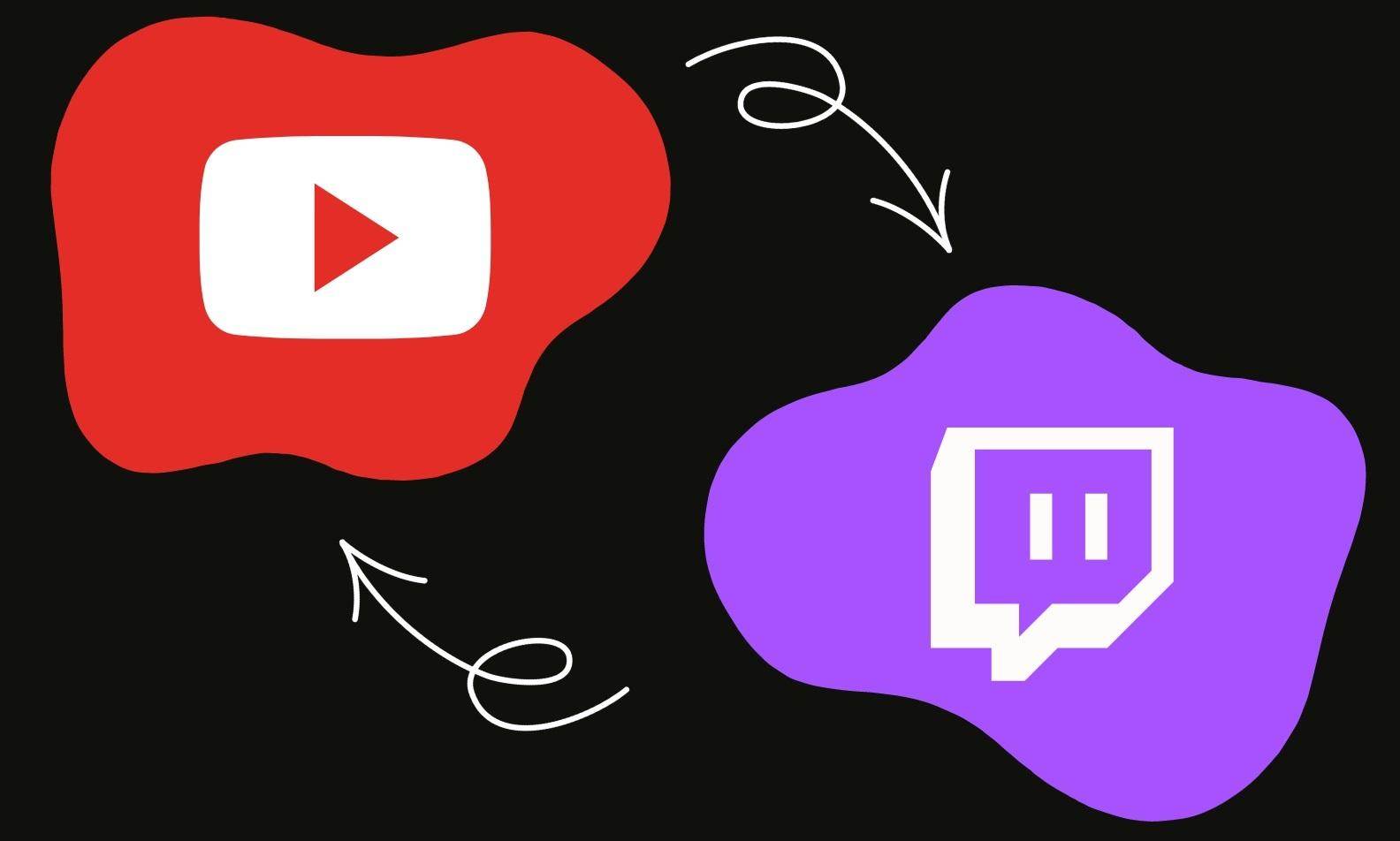
4. The Role of Streaming Platforms in Community Growth
Platforms like Twitch and YouTube have been transformative for the FGC, fueling unprecedented community growth. Streaming allows tournaments to reach massive online audiences in real-time, amplifying hype and expanding viewership. Content creators and commentators on these platforms play a vital role in building narratives, analyzing gameplay, and connecting with fans. Streaming has not only broadened the reach of fighting game tournaments but has also fostered a more interconnected and engaged global community.
Tips for Aspiring Players: How to Compete in Fighting Game Tournaments
Inspired to test your skills in the arena? Here are some tips to get you started on your competitive journey:
1. Getting Started
The first step is simple: pick a game you enjoy. Passion is the best motivator. Familiarize yourself with the game’s mechanics, explore practice modes, and dive into online resources like guides and community forums. Many games offer extensive tutorials and resources to help beginners grasp the fundamentals.
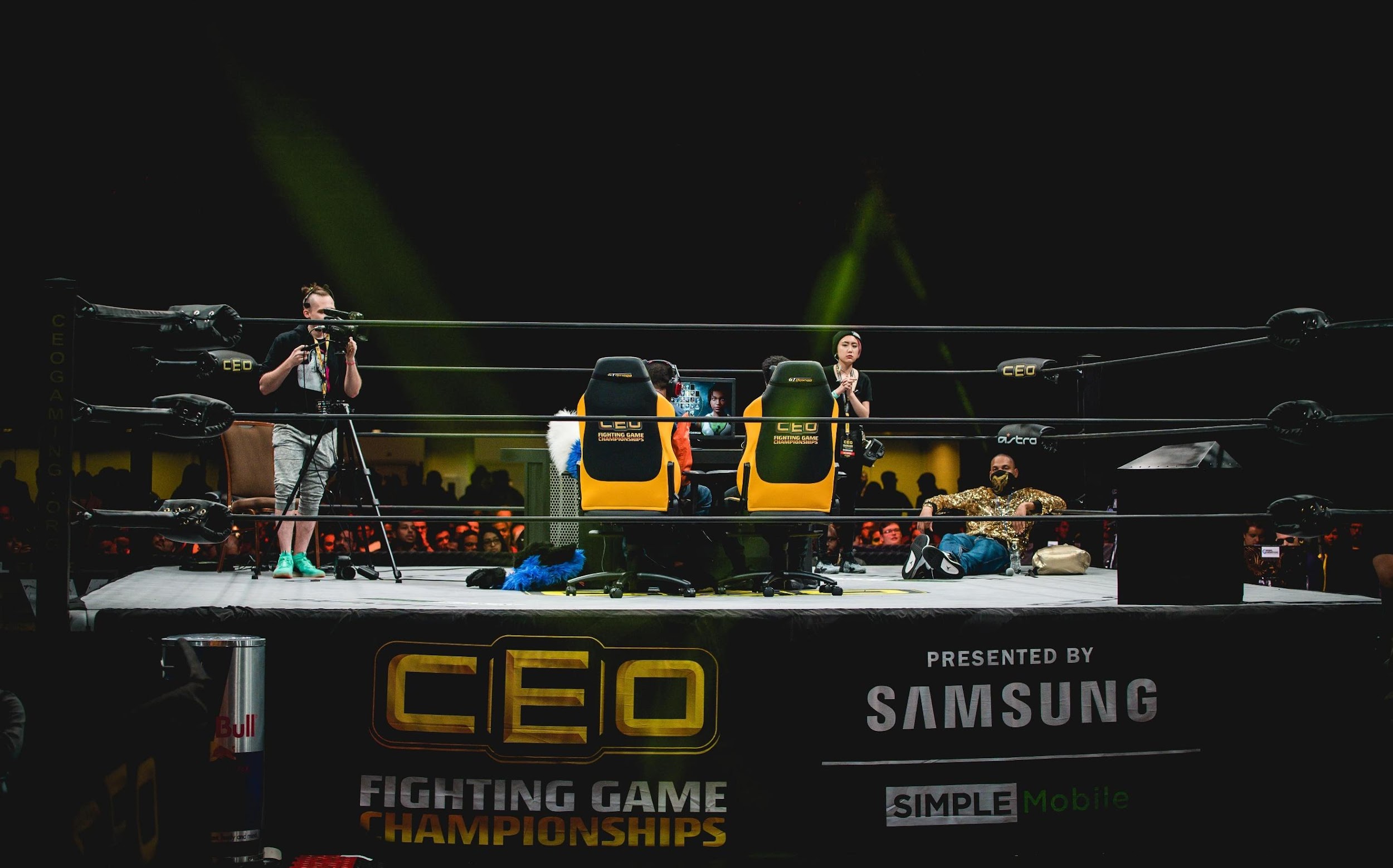
2. Building Skills
Becoming competitive requires dedication and focused practice. Mastering movement is crucial – learn your character’s movement options and how to navigate the stage effectively. Combo execution is essential for maximizing damage – practice your character’s key combos until they become muscle memory. And don’t underestimate character matchup knowledge – understanding how your character fares against others in the roster is vital for strategic play. Beyond mechanics, develop your tactical skills: improve your reads, learn to tech throws (escape grabs), and understand how to punish opponent mistakes.
3. Joining Your First Tournament
Ready to step into the competitive scene? Start by finding local fighting game tournaments—game stores, community centers, and online platforms often host beginner-friendly events. Websites like Start.gg and event-specific social media pages can help you discover tournaments in your area. Before your first event, make sure to practice your execution, familiarize yourself with the tournament format and rules, and prepare your equipment (such as bringing your own controller). Most importantly, manage your expectations. Your first tournament is a learning experience, so focus on gaining valuable insights, enjoying the process, and meeting new players.
4. Balancing Mindset and Performance
Competition can be intense, so cultivating a healthy mindset is key. Learn to handle pressure and losses gracefully – everyone starts somewhere, and losses are opportunities to learn and improve. Focus on progression rather than immediate results, especially as a newcomer. Celebrate small victories, analyze your matches to identify areas for improvement, and remember that the journey is just as important as the destination.
Major Fighting Game Tournaments to Watch or Join
Want to witness the pinnacle of fighting game competition? Or perhaps you’re looking for events to test your own mettle? Here are some major tournaments to keep on your radar:
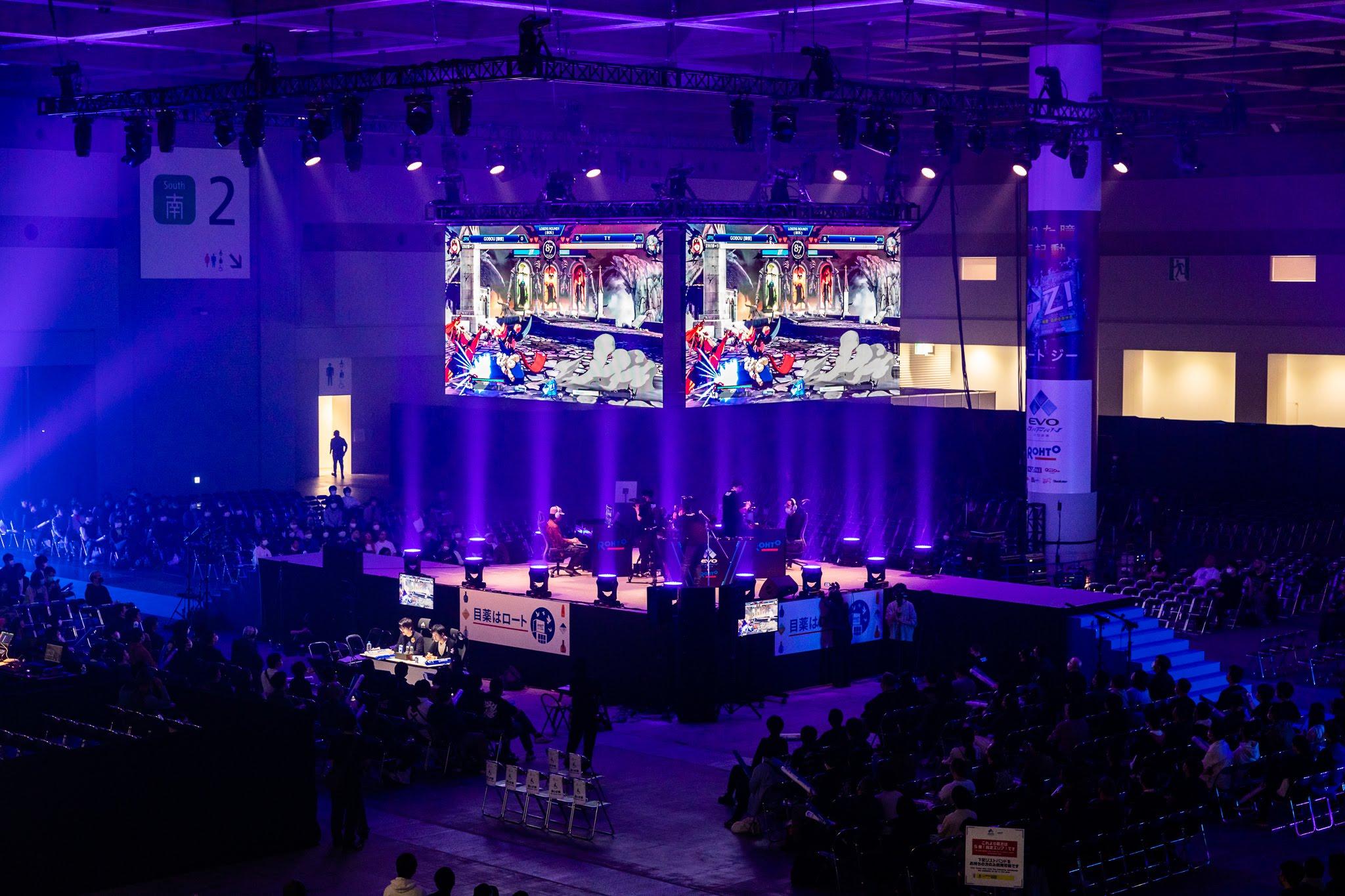
1. The EVO Championship Series
EVO is the undisputed king of fighting game tournaments, the “mecca” where legends are made. Held annually in Las Vegas (and with a major event in Japan, EVO Japan), EVO unites players and fans globally, showcasing a diverse roster of games and creating historic moments year after year. It’s an experience every fighting game enthusiast should witness.
2. Tekken World Tour
The Tekken World Tour is the official global circuit for Tekken competition, a structured series of events culminating in the prestigious Tekken World Tour Finals. It offers a year-long narrative of competition, showcasing top Tekken talent from around the globe.
3. Capcom Pro Tour
The Capcom Pro Tour is the driving force behind the competitive Street Fighter scene, a premier circuit leading to the coveted Capcom Cup championship. It’s a high-stakes competition that showcases the best Street Fighter players and innovative gameplay.
4. Smash Bros Competitive Scene
The Smash Bros. competitive scene, while community-driven, is incredibly vibrant and features numerous major tournaments throughout the year. Genesis, The Big House, and Shine are just a few examples of large-scale Smash events that draw thousands of competitors and passionate fans.
5. Rising Tournaments
Keep an eye out for rising tournaments like CEO, Combo Breaker, and VSFighting, which are gaining prominence and contributing to the growth of the FGC. These events often showcase a diverse range of games and foster a strong community atmosphere.
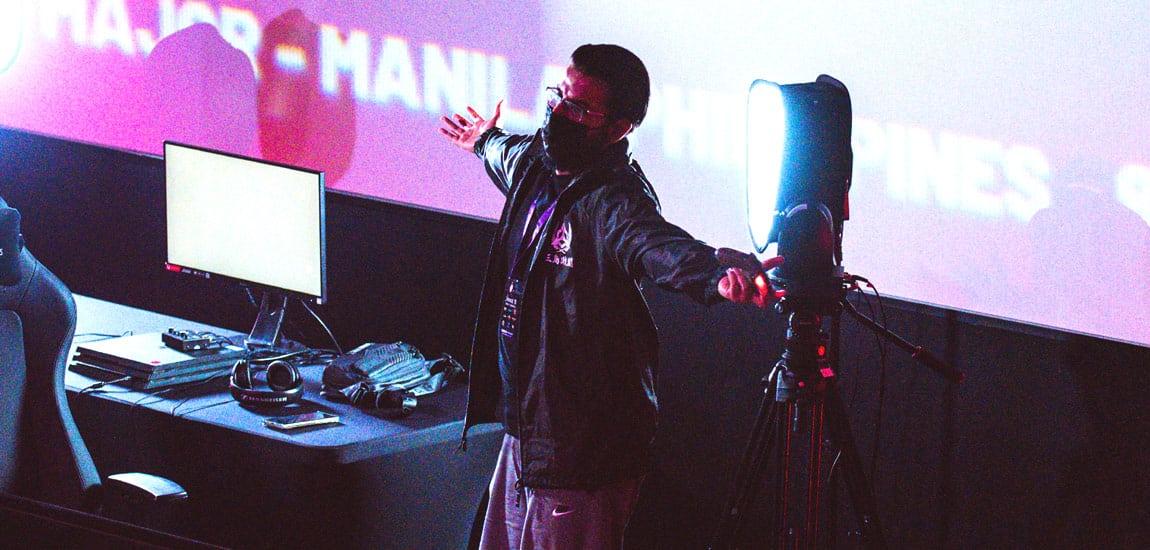
Fighting Games in the Context of Esports
How do fighting game tournaments stack up against the broader esports landscape? Let’s compare and contrast.
1. Fighting Games vs. Other Esports Genres
Compared to team-based esports like MOBAs (League of Legends) or FPS games (CS:GO, Valorant), fighting games stand out with their one-on-one gameplay dynamics. It’s a purely individual battle, where skill, strategy, and mental fortitude are paramount. There’s no team to rely on, no one to blame but yourself – every victory and defeat rests squarely on your shoulders. This intense focus on individual skill is a core appeal of the genre.
2. Why Fighting Games Have a Cult Following
Fighting games possess a unique cult following due to their fast-paced, skill-heavy gameplay and deeply personal nature of competition. The “anything can happen” tension, the thrill of witnessing high-level play, and the potential for dramatic upsets create compelling narratives that draw in viewers. The FGC’s grassroots origins and strong community bonds further contribute to this dedicated fanbase.
3. Growth Potential
Despite often being sidelined in mainstream esports coverage, fighting game tournaments have significant growth potential. With rising prize pools, increasing professionalization, and the continued expansion of online platforms, the FGC is poised to reach even wider audiences. The genre’s inherent appeal, combined with its dedicated community and evolving ecosystem, suggests a bright future for fighting game tournaments in the esports landscape.
Transforming Passion into Competitive Precision: Tournova Meets the Fighting Game Scene
The electrifying world of fighting game tournaments showcases a community driven by skill, strategy, and the raw rhythm of one-on-one battles. Just as players navigate the intricate dynamics of legacy techniques and modern innovations, Tournova stands ready to support them by offering platforms that celebrate this intense focus on individuality and precision. From grassroots gatherings to major circuits like EVO and Tekken World Tour, Tournova’s services are well-suited to streamline the organization, management, and visibility of competitive events. With tools that enhance tournament infrastructure and promote inclusivity, Tournova echoes the fighting game community’s spirit of collaboration while empowering players to take their competitive journey to the next level.
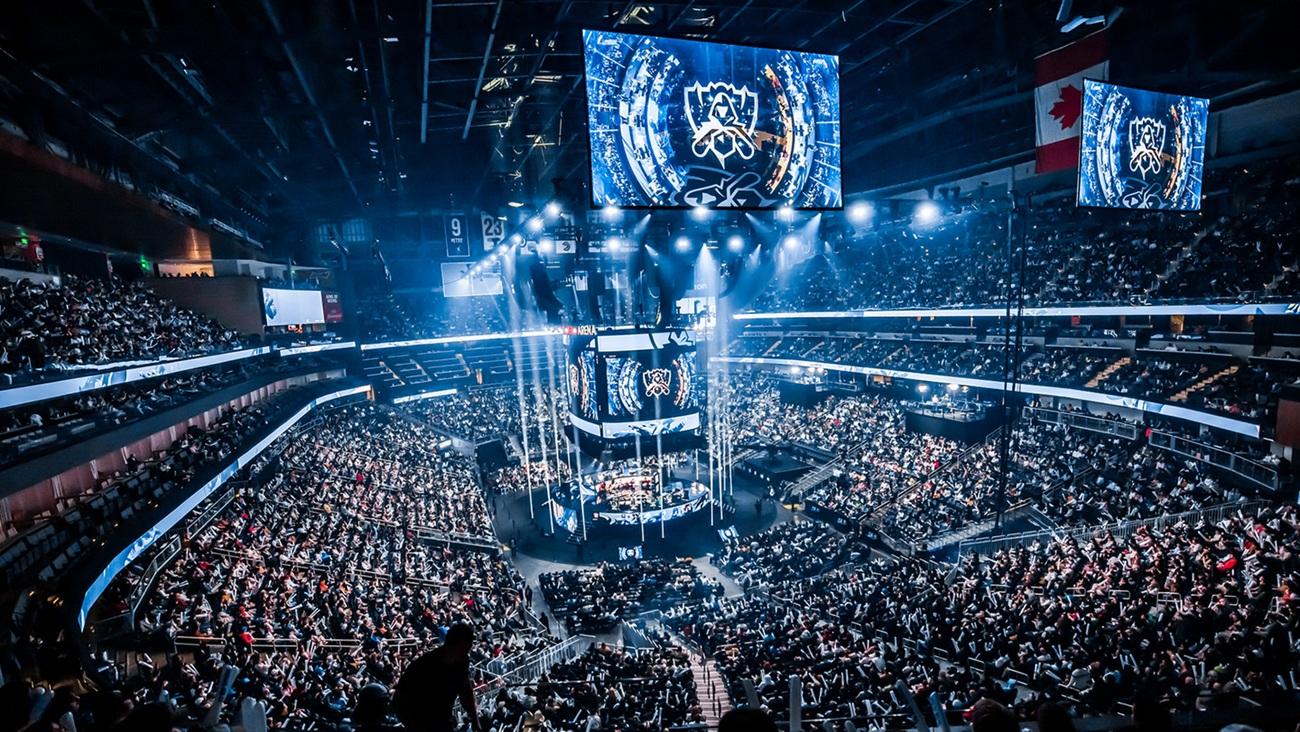
By helping organizers create accessible and rewarding tournament ecosystems across local and global scales, Tournova draws inspiration from the FGC’s grassroots origins and its rise as a cultural phenomenon. Whether you’re an aspiring player stepping into your first bracket or an experienced pro chasing your next major victory, Tournova’s adaptable platforms ensure the competitive scene only grows stronger—mirroring the energy, growth, and vibrancy of fighting game tournaments themselves.
Summing Up: The Enduring Appeal of Fighting Game Tournaments
Fighting game tournaments are more than just competitions; they are vibrant celebrations of skill, community, and passion. From their arcade beginnings to the global stages of EVO and beyond, they have carved a unique and enduring place in the world of gaming and esports. The thrill of one-on-one battles, the rich narratives of rivalries, and the strong sense of community make fighting game tournaments captivating for players and spectators alike. So, whether you’re a seasoned veteran or a curious newcomer, we encourage you to dive into the world of fighting game tournaments. Participate in a local event, tune into a major stream, and experience the electrifying energy firsthand. Share your favorite competitive moments with us in the comments below – we’d love to hear them! The arena awaits!
Check out all you need to know about game tournaments via Tournova.
FAQs
1. What makes fighting game tournaments different from other esports?
Fighting game tournaments uniquely emphasize individual skill and direct, one-on-one competition. Unlike team-based esports, success in fighting games hinges solely on a player’s personal abilities, strategy, and mental fortitude, creating a highly personal and intense competitive experience.
2. How can I find local fighting game tournaments near me?
To find local tournaments, start by checking websites that list various fighting game events. Also, explore community forums and social media groups dedicated to fighting games in your region, as these are often hubs for announcing local events and gatherings.
3. Are wireless controllers allowed in fighting game tournaments?
Generally, wireless controllers are not permitted in official tournament matches to ensure no desynchronization or interference occurs during play. Most tournaments require wired controllers or wireless controllers used in wired mode (batteries removed and connected via USB). Always check specific tournament rules for definitive guidelines on controller legality.
4. What are some good fighting games for beginners to start with competitively?
Games like Street Fighter 6 and Guilty Gear Strive are often recommended for beginners due to their robust tutorials and relatively accessible mechanics, while still offering depth for competitive play. Character choice within these games can also influence ease of entry; for example, Ryu in Street Fighter or Sol Badguy in Guilty Gear are often seen as good starting characters for learning fundamentals.
